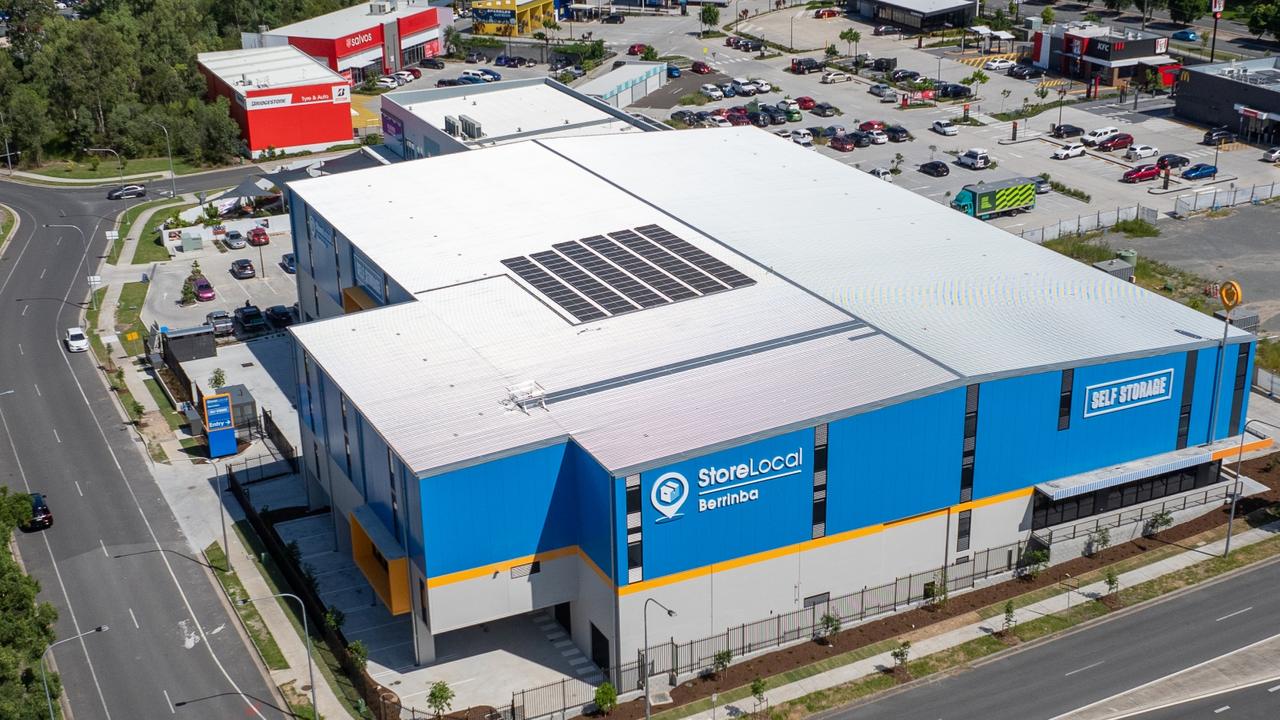Mirvac maintains the course amid housing slow down
The residential division is off, but the property developer will focus on funds and investments.

Property developer Mirvac has warned of the uncertain environment amid high inflation and rising interest rates but has called out the return of migration as a driver for the economy.
While the company’s new housing sales were down in the first half, it says it is on track to deliver on settlement and earnings targets this year, even as house prices slide, and commercial values come under pressure.
Investors sold down the stock as the result was bolstered by one-off development profits and it deferred some new office projects on the back of weaker demand, with the shares down by 4.6 per cent to $2.29.
But the developer is betting its diversified model across housing and traditional commercial property, along with new areas including build to rent, will see it through the economic storm.
Delivering her final result, longtime chief executive Susan Lloyd-Hurwitz said the company was well positioned despite pressures in the market.
“While high inflation and interest rates have created uncertainty for consumers and placed pressure on economic growth, the continued normalisation of business activities, the resumption in overseas migration, and the flight to high-quality assets place Mirvac in a strong position to navigate the current climate,” Ms Lloyd-Hurwitz said.
The company said it would look to keep growing its funds business after winning the management of a near $8bn office fund out of the AMP empire.
Mirvac’s interim operating profit bumped up by 3 per cent to $305m, equating to 7.7c per security, on the back of its investment portfolio. But the company’s statutory profit fell by 62 per cent to $215m as it had lower property revaluations.
The company’s funds have now hit about $18bn, and it improved cash collections in the wake of the coronavirus crisis, and has also sold off smaller office and retail assets.
Ms Lloyd-Hurwitz said that conditions across the residential sector had softened, but its pre-sales grew to $1.7bn, giving the company “good visibility” of future earnings.
“While ongoing supply chain constraints, labour shortages, wet weather, inflationary pressures, and higher interest rates continued to impact our business, our integrated and diverse business model, the quality of our portfolio, our strong balance sheet, and disciplined capital management have positioned us well to navigate through the cycle,” she said.
Mirvac settled 807 residential lots, well down on the first half of fiscal 2022 when it did 1,303, with rain and labour constraints hitting projects. But it stuck to its target to deliver more than 2,500 lot settlements this financial year.
But the company exchanged on just 845 residential lots in the first half, a drop-off from the 1,814 a year earlier during the property boom, as it was hit by uncertainty over rising interest rates, lower first homebuyer activity, and fewer project launches.
Mirvac said that subject to no material change in the operating environment, it reaffirmed a target of operating earnings in fiscal 2023 of at least 15.5c per security and distributions of at least 10.5c per security, along with a target of greater than 2,500 residential lot settlements.
The company’s residential unit saw earnings slump 60 per cent to $36m as the effects of government stimulus, historically low interest rates, and elevated apartment settlements rolled off.
Mirvac’s residential pre-sales increased to $1.7bn, with a strong result at Isle at Waterfront Newstead, Brisbane, and it argued that the fundamentals are positive in the long-term.
“The fundamentals supporting the outlook for the residential sector remain positive, with immigration forecast to return to pre-Covid levels, coupled with low upcoming supply. Relative affordability of apartments is also expected to underpin demand for our apartment projects, with the potential for five project releases over the next 12 months,” Ms Lloyd-Hurwitz said.
Citi analyst Suraj Nebhani said that Mirvac had produced a “strong beat” to expectations in the first half but left its guidance unchanged. “Overall, we expect the stock to trade softer today despite the strong beat, given the stock has had a strong run coming into the result and investors may see the fiscal 2023 guidance as being softer,” he said.
He noted that fall in residential sales volumes had been expected given rising interest rates and that settlements declined below the bank’s estimates. Mirvac settled 57 apartments and 750 land lots but its residential gross margins were strong at 28 per cent in the half.
UBS analyst Tom Bodor said the result was 6 per cent ahead of expectations but the quality was low as the retail unit benefited from the reversal of Covid charges and fees and profits were earned in the commercial area.
Mr Bodor said that Mirvac’s residential settlements were very weak, beyond the typical skew to the second half, and he noted there was risks in the next quarter and the weak sales at its Willoughby apartment project in Sydney.






To join the conversation, please log in. Don't have an account? Register
Join the conversation, you are commenting as Logout